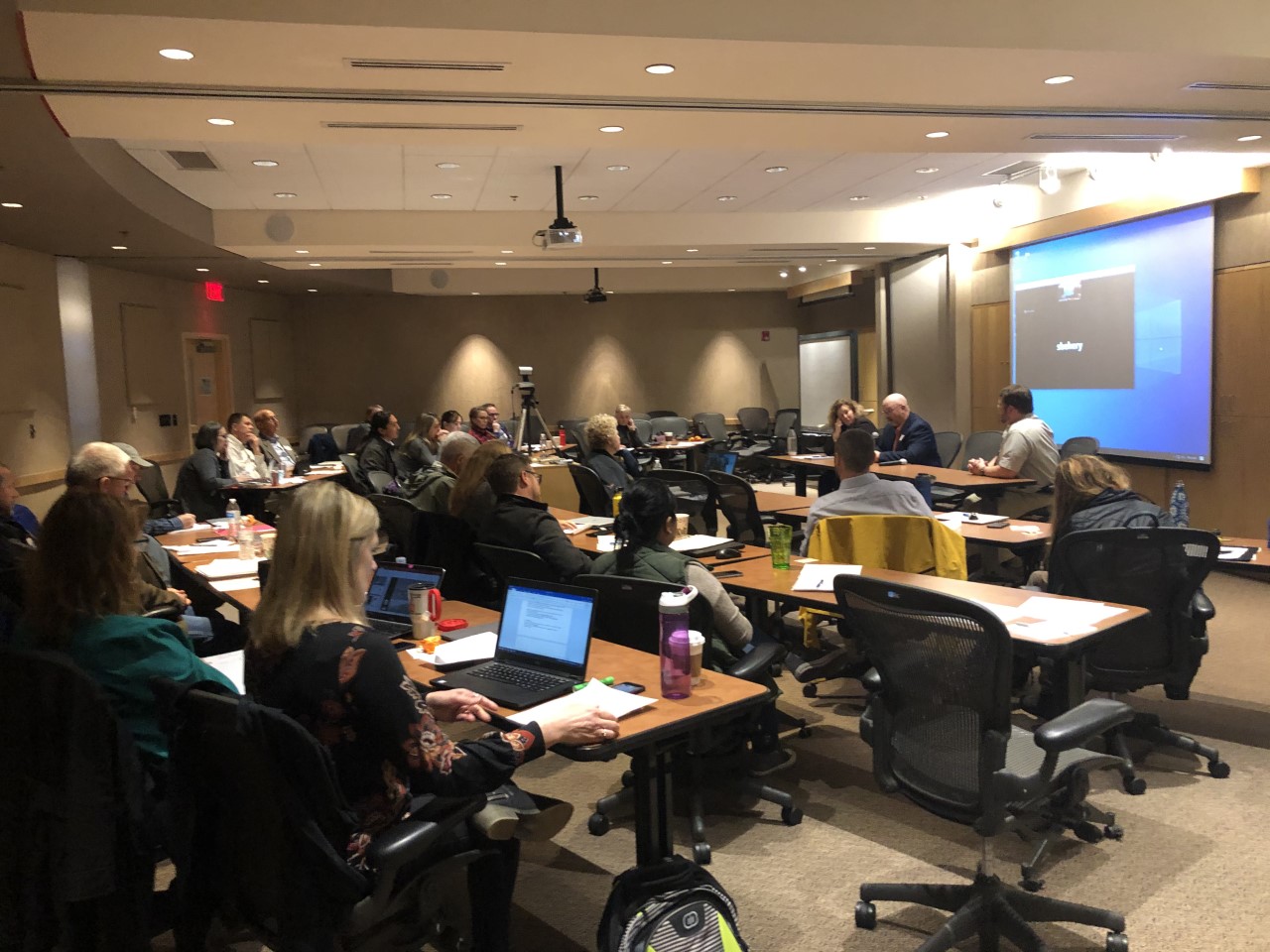At least 95% of resource managers want to hear from peers about lessons learned during drought. A recent survey administered by the Drought Learning Network (DLN) indicated that 66% of resource managers were ‘very interested’ and another 30% were ‘somewhat interested’ in accessing lessons learned by others during drought. The Drought Learning Network, a consortium of climate service providers and resource managers, strives to share critical drought-related knowledge to build future resilience via:
- fostering knowledge exchange between managers and climate service providers in learning about community and researcher needs, resources, responses and knowledge gaps;
- supporting the creation of self-directed peer-to-peer learning networks;
- establishing structures that are co-led by users to support the efficient and effective function of DLN to best respond to future drought.
Seven working groups comprise the DLN, each with a leadership team and annual goals.
The projections-to-people team works to share projections relevant for management decisions. This team is on a fact-finding mission to discover answers to questions such as, Do people use available drought products? If products are not used, why not? Would people use the information if there were a tailor-made app - to answer specific questions in specific areas?
The case studies and best practices team is building upon an existing methodology and database to author and deliver lessons learned. There are 8 case studies underway on topics like restoration after fire, providing water for wildlife and community building. The team is also exploring alternate story-sharing media.
The weather and climate resources for tribes team supports peer-to-peer learning via collaborative weather condition and outlooks and has reached more than 300 registrants via 5 webinars since April 2020.
Beginning farmers and ranchers team opted to partner with the New Agrarian Program of the Quivira Coalition, a group already working with beginning farmers and ranchers, but lacking drought-related curricula. Climatologists from AZ, NM, NV and CO and experts from the National Drought Mitigation Center delivered workshops with mentors and mentees on drought tools and planning.
The drought in Utah team is coordinating with the Utah Drought Task Force to host a virtual workshop designed to engage resource managers in remote areas of the state and encourage drought reporting.
A collaborative weather station inventory will result in substantially increasing data and information availability with user-friendly maps administered through the NM Climate Center. This effort informs prioritization of new weather station installations with partners from interested tribal natural resource departments.
Finally, emerging drought conditions in eastern NM led to three webinars (344 registrants) showcasing experienced producers discussing range management, soil health and Grass-Cast.
The network of 66 climate service providers and resource managers welcomes new members, ideas and drought-related challenges. To find out more or join a working group, please email caiti@nmsu.edu.


